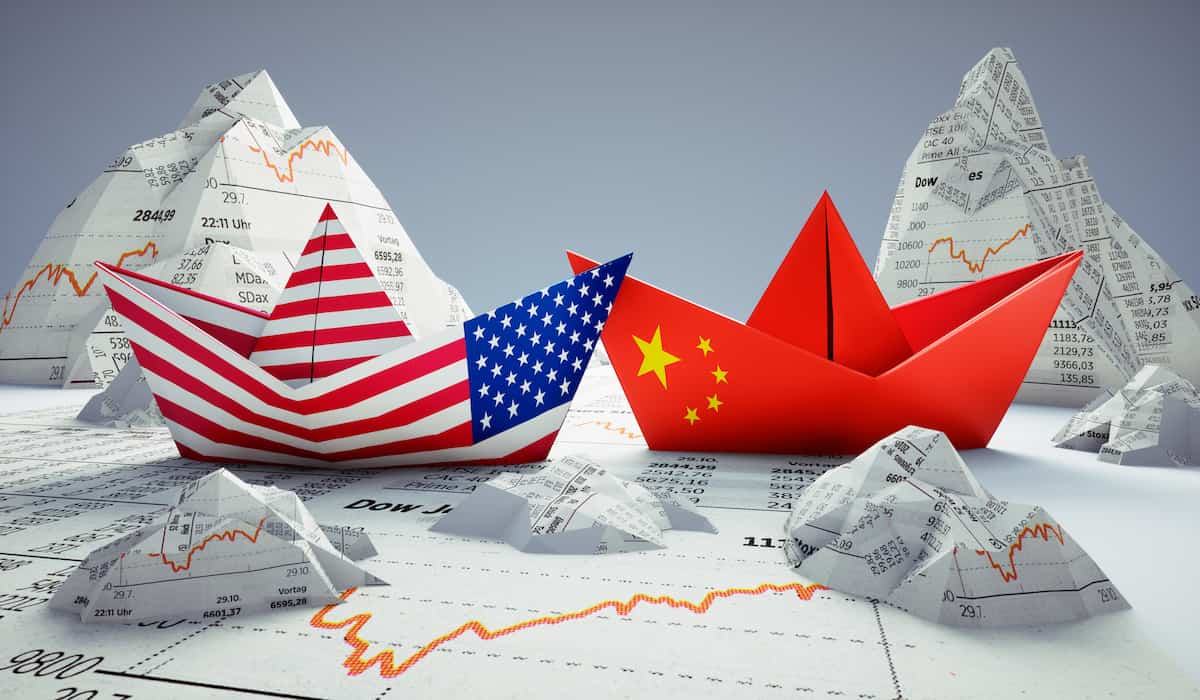Introduction
The ongoing trade war between the United States and China has deeply reshaped global commerce. When the United States imposed heavy tariffs on Chinese goods, exporters in China faced declining sales, mounting costs, and uncertain futures. To survive and thrive under these conditions, many Chinese businesses have aggressively sought alternative markets around the world. This shift not only highlights their resilience but also signals a transformation in global trade patterns.
The Impact of US Tariffs on Chinese Exporters
The United States, under the Trump administration, initiated the trade war by imposing tariffs on hundreds of billions of dollars’ worth of Chinese imports. In response, China retaliated with its own set of tariffs. However, the Chinese export sector, which heavily relies on US markets, took a significant hit.
Manufacturers, especially those in electronics, textiles, and machinery, witnessed immediate consequences. Export volumes dropped, profit margins shrank, and supply chain disruptions intensified. As a result, many companies faced difficult choices: either find new markets or face potential collapse.
Strategies to Diversify Markets
Faced with these challenges, Chinese exporters did not remain idle. Instead, they employed a range of strategic initiatives to diversify their market base.
Expanding into Emerging Economies
First, many exporters turned their attention to emerging economies. Nations in Southeast Asia, Africa, and Latin America presented new opportunities. Countries like Vietnam, Indonesia, Kenya, and Brazil have witnessed an influx of Chinese goods as exporters seek fresh demand. These markets, while smaller than the US, offer promising growth potential. Moreover, lower competition levels in these regions allow Chinese firms to establish stronger footholds.
Strengthening Ties with Belt and Road Countries
Second, Chinese exporters leveraged the Belt and Road Initiative (BRI) to strengthen commercial ties. The BRI, launched in 2013, aims to enhance connectivity and trade between China and over 140 countries. Through infrastructure investments and trade agreements, Chinese companies found easier access to new markets. For instance, exporters of construction equipment and consumer electronics saw rising demand in Central Asia and Eastern Europe, regions heavily targeted by the BRI.
Enhancing Product Competitiveness
Additionally, many companies focused on improving product quality and competitiveness. Previously, Chinese goods often competed on price alone. However, facing tariffs and heightened competition, exporters realized they needed to upgrade. By investing in research and development, adopting new technologies, and emphasizing brand reputation, Chinese firms enhanced their appeal to global consumers. Companies like Huawei, Xiaomi, and Haier demonstrate how Chinese brands can succeed beyond price wars.
Government Support for Exporters
Recognizing the gravity of the situation, the Chinese government rolled out significant support measures to assist exporters.
Financial Incentives and Tax Rebates
The Ministry of Commerce introduced financial incentives, including export tax rebates and subsidized loans. These measures helped reduce operating costs and improved cash flow for struggling exporters. Furthermore, local governments created special economic zones and offered subsidies for companies that diversified their market reach.
Trade Agreements and Diplomatic Outreach
China also ramped up its efforts in trade diplomacy. It signed new free trade agreements (FTAs) with several countries, including the Regional Comprehensive Economic Partnership (RCEP) with 14 other Asia-Pacific nations. These agreements created a more favorable environment for Chinese goods, lowering tariffs and easing market entry barriers.
Moreover, Chinese officials organized international trade fairs and exhibitions to showcase their goods to new audiences. Events like the China International Import Expo (CIIE) and the Canton Fair attracted buyers from around the world, facilitating crucial business connections.
Challenges in New Markets
Although Chinese exporters achieved some success, they did not find the road easy.
Regulatory Hurdles
New markets often come with unfamiliar regulatory frameworks. For example, African nations impose strict product standards, while Latin American countries demand extensive documentation. Navigating these challenges required significant investment in compliance and local partnerships.
Cultural and Language Barriers
Moreover, cultural and language differences sometimes complicated market entry. Without deep knowledge of local consumer preferences, some Chinese firms struggled to adapt their marketing strategies or tailor their products.
Competition from Local Players
Finally, Chinese exporters faced competition from established local businesses and other international players. In many markets, Chinese firms had to work harder to earn consumer trust and loyalty, especially in sectors like food products, fashion, and personal electronics.
Case Studies of Successful Market Diversification
Several Chinese companies stand out as examples of successful market diversification.
Lenovo’s Global Expansion
Lenovo, the technology giant, expanded aggressively into Europe and India. By acquiring IBM’s personal computer division in 2005 and maintaining consistent innovation, Lenovo built a globally recognized brand. Today, Lenovo sells more laptops in Europe than in China itself.
Shein’s Domination of Fast Fashion
Meanwhile, fast-fashion retailer Shein found phenomenal success across North America and Europe. Using a digital-first approach, affordable pricing, and trend-responsive design, Shein turned global consumers into loyal followers, even amid political tensions.
The Future Outlook
Looking ahead, Chinese exporters will likely continue their global diversification. The trade war, while painful, forced Chinese businesses to adopt a more balanced and resilient approach to international trade. Even if US-China relations improve, exporters now recognize the risks of overdependence on any single market.
Furthermore, China’s domestic policies, such as the “Dual Circulation” strategy, encourage companies to strengthen both domestic and international markets. This strategy aims to create a self-sustaining economy that complements, rather than relies on, foreign demand.
At the same time, geopolitical tensions, environmental concerns, and technological innovation will shape the future landscape of Chinese exports. Companies that adapt quickly, invest in sustainability, and embrace digitalization will likely lead the next wave of Chinese globalization.
The US-China trade war undoubtedly challenged Chinese exporters, but it also triggered a remarkable transformation. Through strategic diversification, product improvement, and government support, Chinese businesses have managed to offset much of the tariff impact. While obstacles remain, the resilience and adaptability shown by Chinese exporters reveal a more dynamic and globally integrated future for China’s trade sector.




